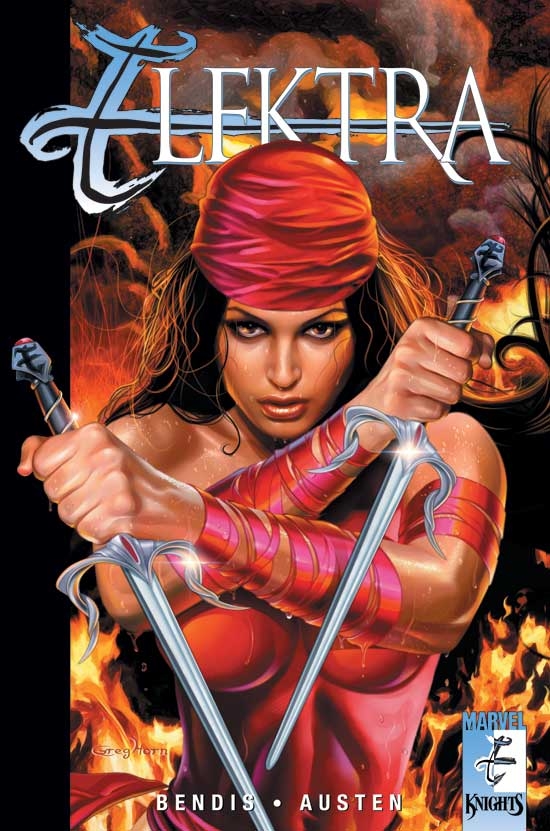

I also wanted to include the story of Troy, a subject of endless fascination and appeal for anyone with even a fleeting interest in classics, but I wanted to see it from inside the besieged city rather than from the perspective of the Greek camps which is how it’s so often presented.

In today’s world, the idea of someone who can see impending disaster but isn’t believed when she tries to warn everyone about it felt so tragically relevant. Cassandra is also a mythological figure who drew so much of my curiosity and sympathy. I had always wanted to tell her side of that story. I started with Clytemnestra – what happens to her when her daughter Iphigenia is promised in marriage to Achilles is a moment in Greek mythology that always resonated very powerfully with me from the first time I read it as a child.

I always intended to have all three women as narrators but their roles definitely evolved a lot over the course of writing it. Was that part of your plan for this book from the beginning, or did it evolve? Elektra’s name is on the cover, but Clytemnestra and Cassandra also get to say their piece. One of the things I loved most about both your previous book, Ariadne, and this one is that the title character isn’t the only one whose perspective we see.


 0 kommentar(er)
0 kommentar(er)
